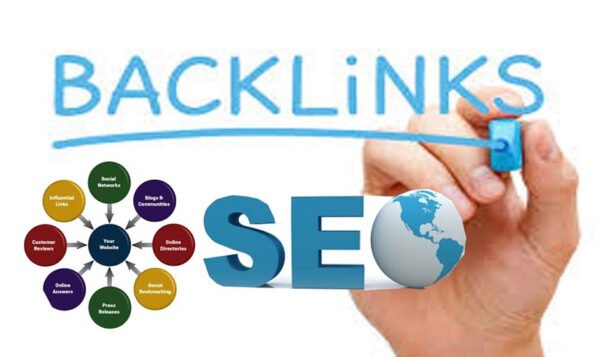The Role of PBNs in Modern Link Building

In the intricate world of Search Engine Optimization (SEO), backlinks reign supreme. They serve as the currency of credibility and authority in the eyes of search engines like Google. One strategy that has long been utilized to amass these valuable backlinks is the Private Blog Network (PBN). In this article, we’ll delve into the evolution of PBNs and explore their role in modern link building strategies.
Understanding PBNs
Private Blog Networks, or PBNs, are a collection of websites owned or controlled by the same entity with the primary purpose of manipulating search engine rankings. These websites, often referred to as “satellite sites,” are interconnected and used to create backlinks to a target site, thereby boosting its authority and visibility in search results.
SEO agencies can sometimes serve as valuable assistants in building a PBN network. They possess the expertise to identify suitable domain names with existing authority and backlink profiles, as well as develop content strategies to optimize the effectiveness of the network. However, it’s crucial to ensure transparency and adherence to ethical guidelines when engaging the services of an SEO agency for PBN construction.
The Evolution of PBNs
PBNs have undergone significant evolution since their inception. In the early days of SEO, PBNs were a highly effective and widely used tactic for quickly achieving higher search engine rankings. However, as search engine algorithms became more sophisticated, they began to detect and penalize manipulative link building practices, including PBNs.
This led to a cat-and-mouse game between SEO practitioners and search engines, with PBN owners constantly adapting their strategies to avoid detection. Today, successful PBNs employ tactics such as hosting on diverse IP addresses, varying anchor text, and mimicking organic link patterns to fly under the radar of search engine algorithms.
Pros and Cons of PBNs
While PBNs offer certain advantages in link building, they also come with significant risks. One of the primary advantages of PBNs is the level of control they provide over anchor text and link placement, allowing site owners to optimize their backlink profiles for targeted keywords.
However, the use of PBNs is not without its drawbacks. Search engines like Google have become increasingly adept at identifying and penalizing websites that engage in manipulative link building practices, including those associated with PBNs. Penalties can range from a drop in search rankings to outright deindexing, resulting in a loss of organic traffic and potential revenue.
In conclusion, while PBNs have played a significant role in the evolution of link building strategies, their effectiveness and sustainability in modern SEO are increasingly called into question. In the next section, we’ll explore the best practices for using PBNs ethically and effectively as part of a broader SEO strategy.
Best Practices for Using PBNs
Using PBNs ethically and effectively requires careful consideration and adherence to best practices. Here are some key guidelines to follow:
- Domain Selection: Choose domains with a clean backlink profile and relevant content to your target site. Avoid domains with a history of spam or black hat SEO tactics.
- Content Quality: Produce high-quality, unique content for your PBN sites that provides value to readers. Avoid thin or duplicate content, as this can trigger penalties from search engines.
- Link Diversity: Diversify your anchor text and link placement to mimic natural linking patterns. Avoid over-optimization and excessive linking to the same target site, as this can raise red flags with search engines.
- Hosting Diversity: Host your PBN sites on different IP addresses and servers to avoid footprint detection by search engines. Consider using a mix of hosting providers and geographic locations to further conceal your network.
- Transparency: Be transparent about your use of PBNs and adhere to search engine guidelines for link building. Avoid deceptive practices such as hiding PBN links or engaging in link schemes that violate webmaster guidelines.
By following these best practices, you can minimize the risks associated with using PBNs and maximize their effectiveness as part of your SEO strategy.
Conclusion
In conclusion, while PBNs have historically played a significant role in link building strategies, their place in modern SEO is uncertain. While they offer advantages in terms of control and flexibility, they also come with significant risks, including penalties from search engines.
As search engine algorithms continue to evolve, it’s essential for SEO practitioners to adapt their strategies accordingly. This may involve exploring alternative link building tactics that prioritize quality, relevance, and sustainability over short-term gains.
Ultimately, the decision to use PBNs should be weighed carefully, taking into account the potential risks and rewards. By following best practices and staying informed about the latest developments in SEO, you can navigate the complex landscape of link building and achieve long-term success for your website.



